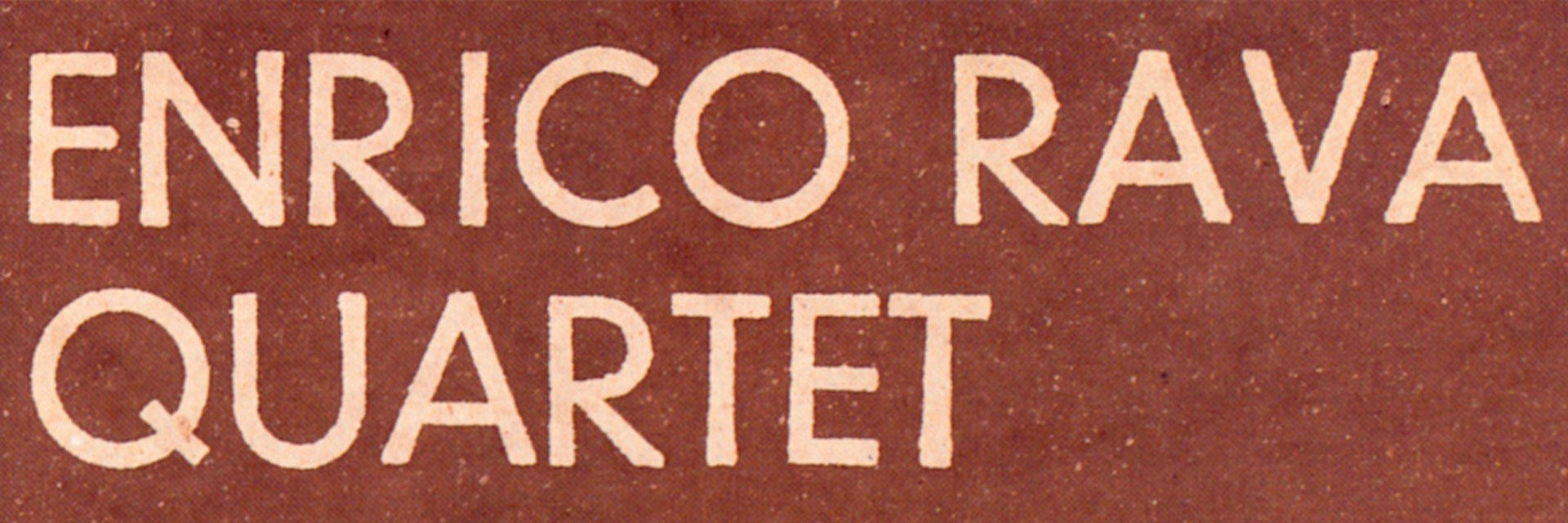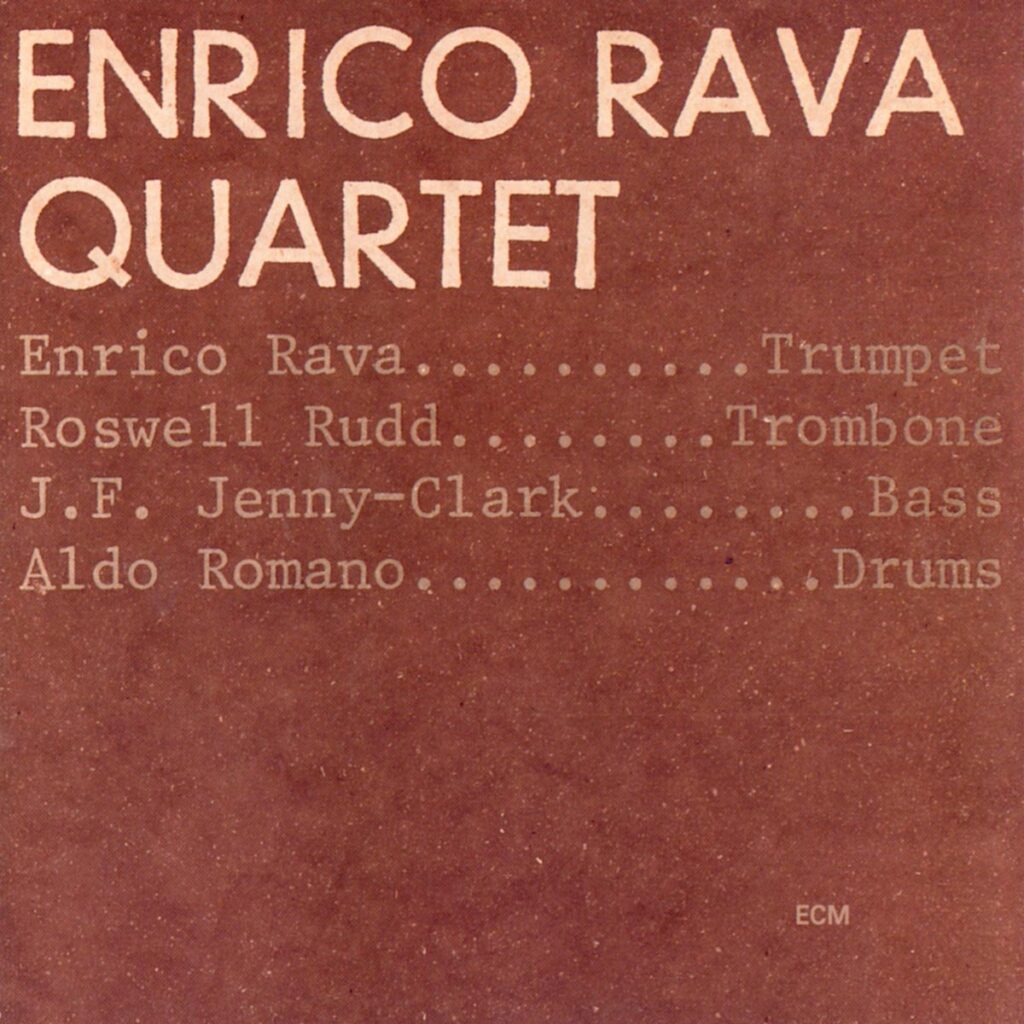It was the cool jazz of Miles Davis that got him hooked on the trumpet.
But when his own career really took off, Enrico Rava quickly became caught up in the maelstrom of European free jazz that was so popular at the time. The open, spontaneous form was entirely in keeping with his sensibilities: “I’m not an improviser,” he once said. “The competition over the chords – no, that’s not me. Rather, I believe I am a storyteller. One thought evokes the next. Improvising is always a game of memory.” In free jazz, too, Rava therefore rejects everything that is rule-based – even the ban on playing conventional music. When he feels like it, he brings in harmonic stuff or creates lyrical melodiousness, even if avant-gardists may scoff at that.
A piece like “Lavori Casalinghi” is typical of this. The opener lasts a quarter of an hour and has several thematic sections, mostly catchy and lyrical. One critic compared the piece to a slow sunrise. The first motif, for example, is a sequenced waltz like from an opera aria or a film score. However, the nostalgic melodiousness is repeatedly ironically broken up by oblique tones, repetition or stagnation. “Humor is an important part of my music,” says Rava. “Sometimes it’s very subtle, not everyone recognizes it.” Between the themes, improvisation is free and “out of tempo”. Here and there Roswell Rudd’s trombone contributes glissandi that sound like a small single-engine airplane.
This quartet line-up is a small stroke of genius: just two brass instruments, bass and drums. Trombonist Roswell Rudd, the free jazz veteran, combines old-time and “new thing” and also provides the bandleader with witty accompaniment. Rava’s lyrical trumpet and Rudd’s rough trombone form a fascinating pair. Rava himself once started out on the trombone: “I like the tone and the register, it’s reminiscent of the male voice. Roswell’s playing style is very modern, but has firm roots in the tradition of the New Orleans dance bands.”
The counterpart to the opener is “Tramps” on the B-side, which also lasts a quarter of an hour and is also in several parts. However, this piece begins “out of tempo”, the rhythmic-thematic part kicks in after about five minutes. At the end, Rudd plays his trombone with a mute. And then there are three miniature pieces (three to five minutes long), whose originality is what makes this album so charming. Rava’s “Blackmail”, for example, is cheerfully ironic parade music. Monk’s touching “Round About Midnight” is played by the two wind players all by themselves. Rava offers a passage through the theme (AABA) and then swings into the coda invented by Dizzy Gillespie. Rudd plays accompanying fundamental notes, varying them again and again or adding small echoes of the melody.
The third miniature, “The Fearless Five”, is the real “hit” of the album. Rava calls the piece a “shuffle”: “Every now and then I feel like playing something like this.” The trumpet and trombone seem to merge into a single unit in the witty motif abbreviations, which have a Monkian bulkiness. “The trombone is more or less almost the same instrument as the trumpet, just in a different register,” explains Rava. “That’s why the two sound so good together. I learned that when I played with Roswell. He showed me that with two notes we can also produce all the overtones and harmonies.” Rava has repeatedly included “The Fearless Five” in his bands’ programs over the decades. He also played it with the Globe Unity Orchestra as “Flat Fleet” or later varied it under the title “F. Express”.


